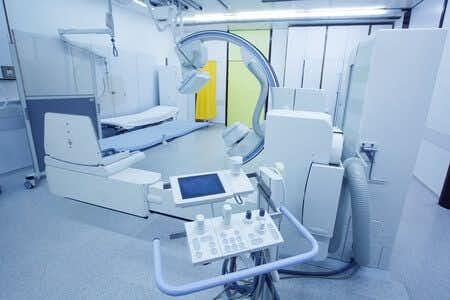This case involves a male patient with a history of ankylosing spondylitis, who was found to have a small mass in his liver. The decision was made to biopsy the mass, and an anesthesiologist determined that general anesthesia would be used. However, when the procedure was performed there was no history in the patient’s chart. After surgery, he was found to have a severe spinal cord injury. The patient suffered from ongoing paralysis and pain as a result of his injury. The anesthesiologist claimed they did not know the patient’s past medical history because the primary care physician did not tell them.
Question(s) For Expert Witness
1. How many times have you performed procedures on patients with ankylosing spondylitis?
2. How often do you perform procedures on patients without knowing their past medical history?
3. What special considerations are taken, if any, for patients with ankylosing spondylitis before considering operating?
Expert Witness Response E-124151
I would NEVER perform a procedure on a patient without knowing a past medical history (PMH). We are required to have a current history & physical (H&P) on the chart prior to performing a procedure. A complete H&P includes the patients PMH so the excuse of the PCP not telling them is not appropriate. An IR should have obtained an H&P. Also, the anesthesiologist who is responsible for the airway, should have performed their own H&P in order to determine the best course of action for airway management. The Interventional Radiologist has nothing to do with this choice-- when anesthesia is involved, the IR is performing their procedure only and the anesthesia is not in their scope of practice. Patients with AS are known to be difficult to intubate. There are many special considerations for anesthesia in AS patients. Stiffness of the cervical spine, atlantooccipital, temporo-mandibular and cricoarytenoid joints may cause problems with tracheal intubation. Cervical spine involvement may range from limitation of movement to complete ankylosis, and maintaining the vertebra in a fixed position may be performed, often with a rotational component. The sniff position may be impossible to attain, and the proximity of the chest and chin may hinder mouth opening.
When preoperative assessments show limited ability to open the mouth or move the neck, options for intubation are reduced. The cervical vertebra are prone to fractures, especially with hyperextension, and injuries may be occult. Patients may also have unstable atlantooccipital joints and spinal stenosis. Finally, large anterior osteophytes may distort the airway and impair recognition of laryngeal structures. X-rays should be obtained in a patient with AS prior to intubation in order to evaluate any pre-existing C-spine conditions & eval for obtructive lesions. A patient, who is likely to have upper airway problems immediately after loss of consciousness, requires an anesthetic plan in which tracheal intubation is accomplished before anesthetic induction or immediately after an expeditious induction. Indirect laryngoscopy is a most useful examination in such cases and a reliable indicator of probable intubation difficulty. One practicioner may be useful to hold the cervical spine in place during laryngoscopy and intubation to try to minimize any excessive extension of the cervical spine in an attempt to prevent injury. Various other approaches are available for securing the airway in patients with AS, including blind nasal intubation, fiberoptic bronchoscopy, lighted stylet intubation, Bullard laryngoscopy, retrograde intubation, intubating laryngeal mask airway, Glidescope and tracheostomy.
About the author



